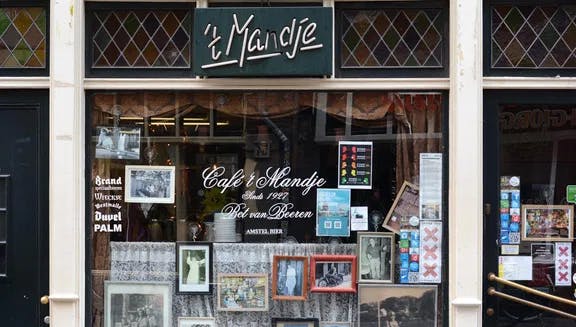
LGBTQI+ history walking route
4 April 2025
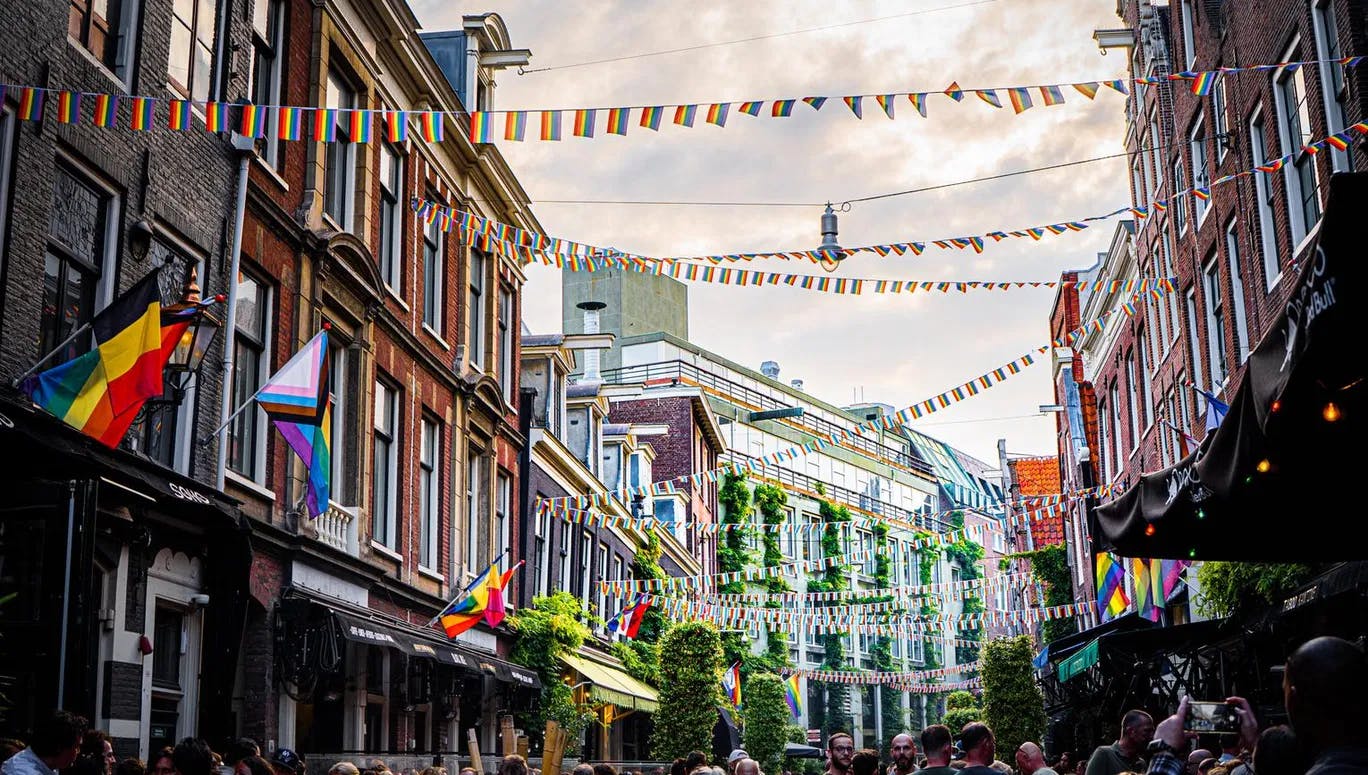
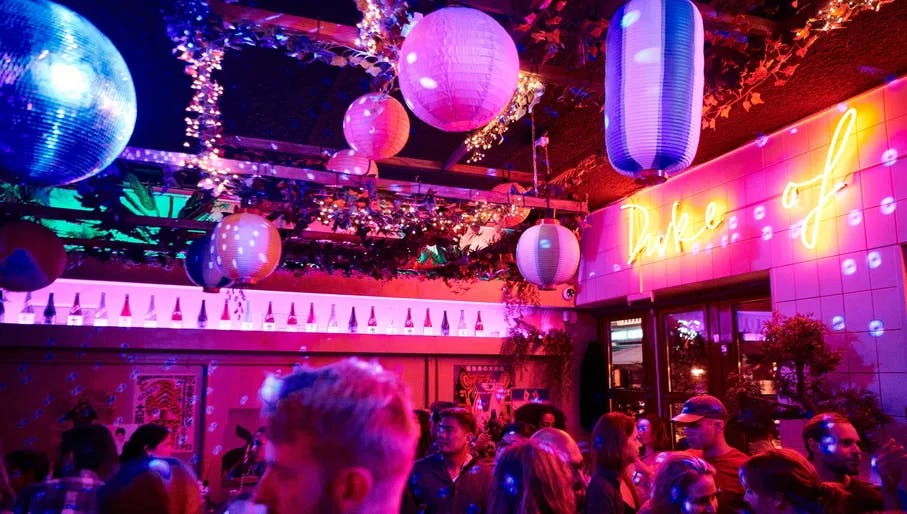
The Reguliersdwarsstraat is one of the most important LGBTQI+ areas in Amsterdam and serves as the capital's defacto 'gay' street. An emerging LGBTQI+ area since the 1960s, it wasn't until the late 70s and into the 80s that the street began to explode with new bars and clubs, helping cement Amsterdam as an international LGBTQI+ capital. Over the following decades, many of these businesses have come and gone, but the area has held firm thanks to a close-knit community and entrepreneurship. Key bars and clubs include SoHo, Taboo, NYX and EXIT, which cater to the high-octane crowds looking for pop tunes and cocktails. Still, the street has a broad cross-section of visitors who remain catered for in bars like Reality – dubbed a ‘gay bar with tropical flavour’ – Duke of Tokyo, one of the city's most popular karaoke bars and B'Femme which attracts a lesbian crowd.
For more nightlife options, check out our full guide to LGBTQI+ clubbing in Amsterdam or read the dedicated Reguliersdwaarsstraat community website.
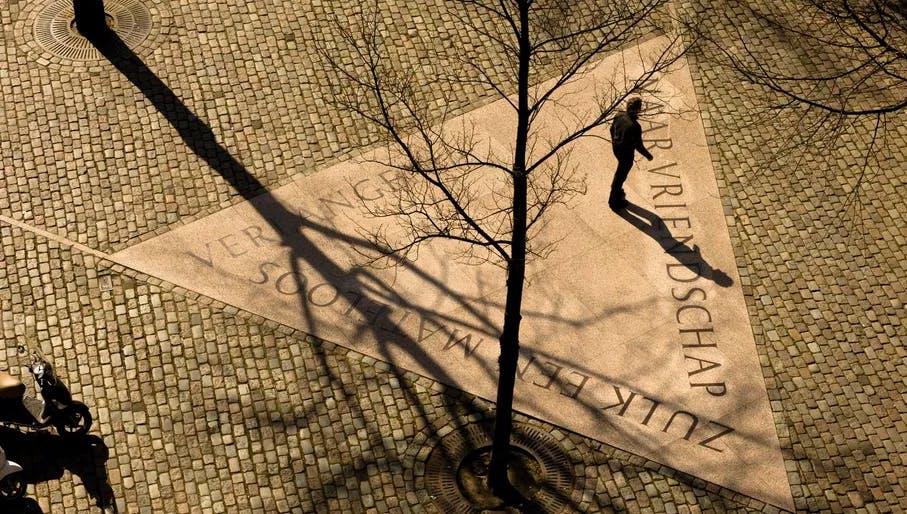
Other than being Amsterdam's busiest hub for tourists, the city centre has a range of rainbow businesses and monuments on offer for those interested in queer history. The Homomonument by Westerkerk is an excellent spot to start your day – a memorial for the LGBTQI+ people persecuted because of their sexual orientation. Right next to it, you'll find Pink Point, Amsterdam's official LGBTQI+ information kiosk, which provides information about the Homomonument, as well as general information on LGBTQI+ Amsterdam. Elsewhere, try IHLIA for books; an international LGBTQI+ library, archive and documentation centre about homosexuality and sexual diversity housed in the Amsterdam Public Library (OBA). End your stroll at one of Amsterdam's best-loved gay bars Prik, where locals looking for a beer or cocktail beyond busy Reguliers meet, either in the bar's neon-lit interior or out on the sheltered terrace.
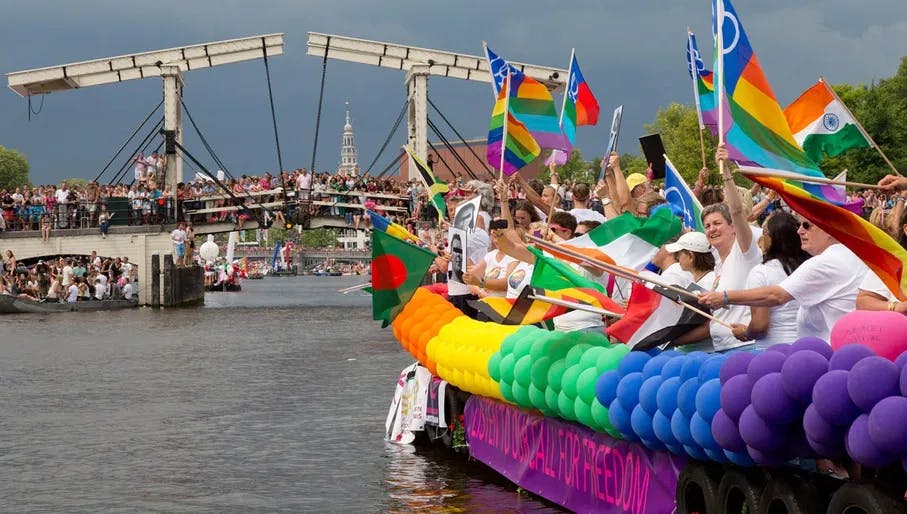
The area around the Amstel is one of the city’s traditional LGBTQI+ areas. There are numerous brown cafés that reflect traditional Dutch culture, including frequent bouts of local folk music. During Queer & Pride and King’s Day, the bars in this district are prime viewing platforms for everything going on around and on the water. Moreover, they tend to collaborate and organise their own entertainment too, setting up a stage and hosting free performances. A ket spot to visit is Amstel 54, or, around Rembrandtplein, Café Montmartre brings an authentic Parisian vibe to the heart of Amsterdam. On Utrechtsestraat, you'll find the Netherlands’ only drag queen café, De Lellebel, renowned for its glittering lip-sync performances as it is for being a jewel in Amsterdam's equally sparkling drag scene.
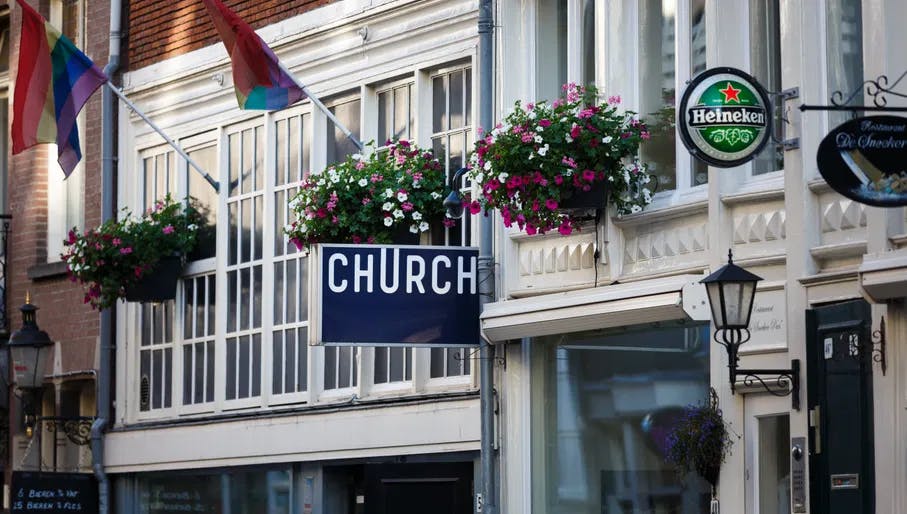
This historical and picturesque street cuts through the centre of Amsterdam, running from Leidsegracht to the Magere Brug on the River Amstel. Along its route, it crosses paths with the popular LGBTQI+ nightlife district around Reguliersdwarsstraat, but in recent years, the Kerkstraat has begun to take on a life of its own. As well as being home to several LGBTQI+-friendly hotels and bed & breakfasts, the street boasts Club Church, which hosts large-scale club nights, often themed, throughout the week. You'll also find De Spijker bar – a local institution since 1978 that tends to cater to an older crowd – and the Black Body shop (Kerkstraat 173), just a few of the capital's great LGBTQI+ bars.
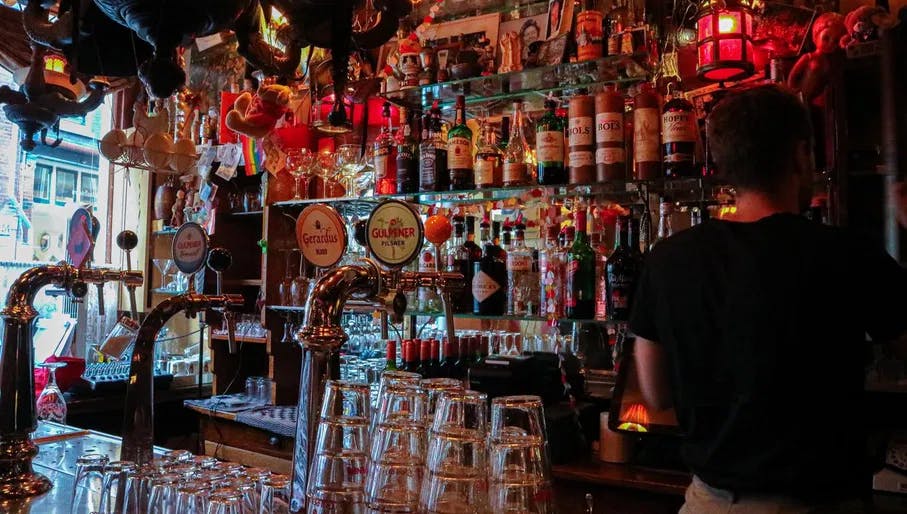
The area around Zeedijk and Warmoesstraat remains one of Amsterdam's most intensive hubs of LGBTQI+-friendly shops and nightlife. Located at the edge of the Red Light District, Zeedijk has a rich past. Initially a notorious port of call for sailors, it's now home to the city's Chinatown and the first gay and lesbian bar in the Netherlands: Café 't Mandje. 't Mandje opened its doors in 1927, operated by local Bet van Beeren and family members, until it closed in the early 80s. However, the family preserved the bar's interior, which eventually reopened in 2007. It remains a central point within the city’s scene, while the Queen’s Head is home to the infamous Drag Bingo.
Warmoesstraat also remains a home for LGBTQI+ revellers too. It's a focal point for Amsterdam’s leather scene, housing bars and clubs such as The Eagle and Dirty Dicks. The street is also a key player during the annual Leather Pride Amsterdam, which takes place in or around November.
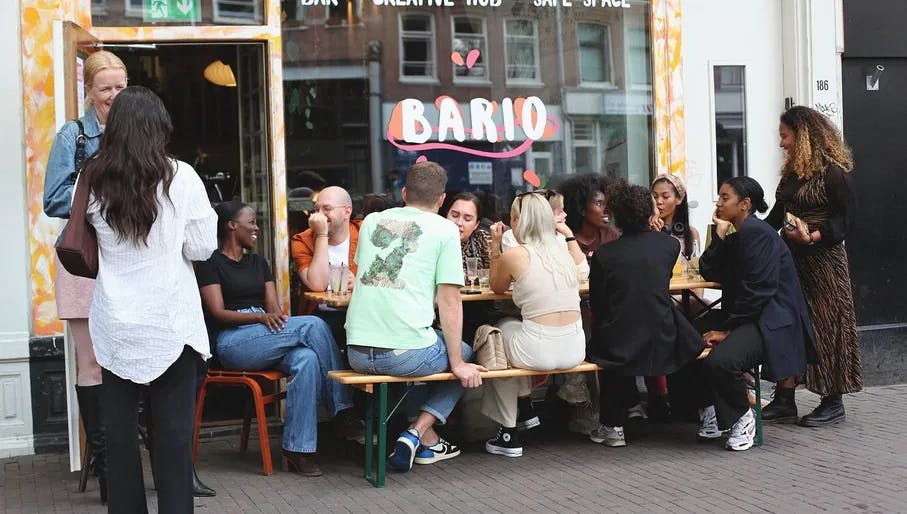
A relative newcomer to the queer scene, this part of Oud-West is booming with venues that cater to a diverse and alternative crowd. Cut by canals and an array of sunspots and terraces, Van Lennepbuurt makes for a lovely day-to-night neighbourhood. Start at PAMELA for a range of small plates, cocktails and a buzzy crowd before wandering around the corner to Bar Bario, which brings some Latin energy alongside excellent mojitos. When it gets late, on Sunday, De Trut, just up the road, is a queer-run volunteer disco that draws in partygoers looking for an alternative spot to dance come the end of the week.